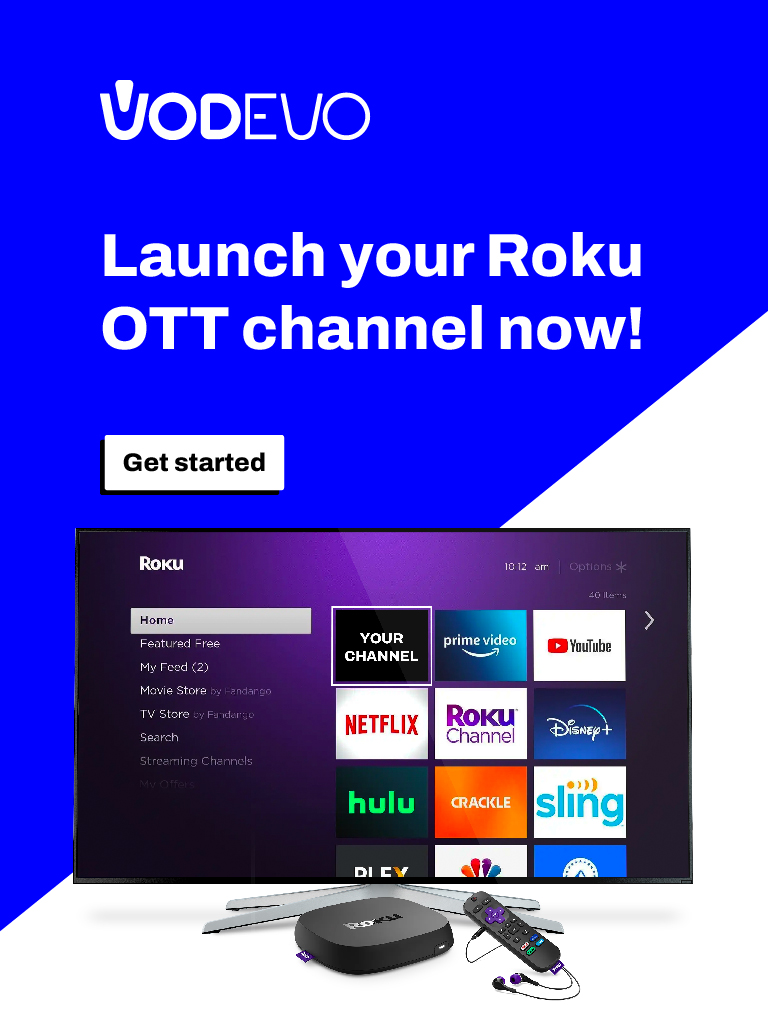According to Mark Ison, ITV’s Director of Engineering, the transition to ITVX prompted the broadcaster to overhaul its live distribution infrastructure to accommodate large concurrent audiences for major televised events like the World Cup and popular reality series such as Love Island.
The decision to revamp the streaming service followed issues encountered during ITV’s coverage of the UEFA Euro 2020 tournament, during which the existing ITV Hub experienced significant lag for prolonged periods. Ison emphasized the importance of ITVX’s launch in rectifying this and preventing similar disruptions in the future.
Itv collaboration
ITV collaborated with various technology partners, including Fastly, Candyspace, Accedo, and Conviva, to develop the new platform. This involved implementing a new CDN (Content Delivery Network), crafting a fresh user interface with updated branding, and introducing additional personalized features to enhance the user experience.
Ison highlighted that the inclusion of live content on the FAST channels of ITVX has contributed to its growth. The ITVX tech team worked on developing new technologies, both independently and in collaboration, to facilitate this expansion.
The platform’s engagement has been bolstered by the popularity of ITVX original titles like “A Spy Among Friends” and “Litvinenko.” ITVX’s introduction of ‘Live Events’ has also played a role in attracting broader audiences by showcasing its expanding portfolio of sports rights acquisitions, including SailGP, the FA Community Shield, and Under 20s Rugby.
ITVX success
Part of ITVX’s success is attributed to what Ison terms “single reach moments,” where specific programming draws a significant audience during its broadcast. Examples include shows like Love Island, the FIFA Women’s World Cup, the forthcoming return of Big Brother, and the upcoming Rugby World Cup 2023.
ITVX’s distribution has grown, with live and FAST channels now accessible on LG devices via Freeview Play. The platform achieved over one billion streams within four months of its launch. ITV’s CEO, Carolyn McCall, reported substantial increases in streaming hours, reaching 737 million, and monthly active users at 12.5 million.
Ensuring a high-quality streaming experience is a priority, with efforts aimed at preventing buffering, minimizing slow start-up times, and swiftly delivering optimal picture quality. Adapting content delivery across a wide range of devices poses challenges that require careful engineering to maintain consistent streaming quality.
Looking forward, ITV’s future plans involve transitioning viewers to an IP TV distribution model. This shift is expected to be a significant undertaking, akin to the challenges posed by the HS2 project, with the aim of accommodating potential concurrent viewership of around 30 million or more. Preparation for this transition has been underway for some time, acknowledging the substantial investment required and the necessity of early planning to ensure a successful outcome.
In December 2022, the UK broadcaster ITV unveiled its newly integrated streaming service, ITVX, which combines both AVOD (Ad-Supported Video on Demand) and SVOD (Subscription Video on Demand) offerings.
This launch marked the replacement of its previous free streaming service, ITV Hub. A notable feature of ITVX is its distinction as the first streaming platform in the UK to provide users with access to both ad-supported free content and an ad-free subscription option.
The transition
According to Mark Ison, ITV’s Director of Engineering, the transition to ITVX prompted the broadcaster to overhaul its live distribution infrastructure to accommodate large concurrent audiences for major televised events like the World Cup and popular reality series such as Love Island.
The decision to revamp the streaming service followed issues encountered during ITV’s coverage of the UEFA Euro 2020 tournament, during which the existing ITV Hub experienced significant lag for prolonged periods.
Ison emphasized the importance of ITVX’s launch in rectifying this and preventing similar disruptions in the future.
ITV collaborated with various technology partners, including Fastly, Candyspace, Accedo, and Conviva, to develop the new platform.
This involved implementing a new CDN (Content Delivery Network), crafting a fresh user interface with updated branding, and introducing additional personalized features to enhance the user experience.
Ison highlighted that the inclusion of live content on the FAST channels of ITVX has contributed to its growth.
The ITVX tech team worked on developing new technologies, both independently and in collaboration, to facilitate this expansion.
The platform’s engagement has been bolstered by the popularity of ITVX original titles like “A Spy Among Friends” and “Litvinenko.” ITVX’s introduction of ‘Live Events’ has also played a role in attracting broader audiences by showcasing its expanding portfolio of sports rights acquisitions, including SailGP, the FA Community Shield, and Under 20s Rugby.
Part of ITVX’s success is attributed to what Ison terms “single reach moments,” where specific programming draws a significant audience during its broadcast. Examples include shows like Love Island, the FIFA Women’s World Cup, the forthcoming return of Big Brother, and the upcoming Rugby World Cup 2023.
ITVX has grown
ITVX’s distribution has grown, with live and FAST channels now accessible on LG devices via Freeview Play. The platform achieved over one billion streams within four months of its launch. ITV’s CEO, Carolyn McCall, reported substantial increases in streaming hours, reaching 737 million, and monthly active users at 12.5 million.
Ensuring a high-quality streaming experience is a priority, with efforts aimed at preventing buffering, minimizing slow start-up times, and swiftly delivering optimal picture quality. Adapting content delivery across a wide range of devices poses challenges that require careful engineering to maintain consistent streaming quality.
Looking forward, ITV’s future plans involve transitioning viewers to an IP TV distribution model. This shift is expected to be a significant undertaking. Akin to the challenges posed by the HS2 project, with the aim of accommodating potential concurrent viewership of around 30 million or more.
Preparation for this transition has been underway for some time, acknowledging the substantial investment required and the necessity of early planning to ensure a successful outcome.








